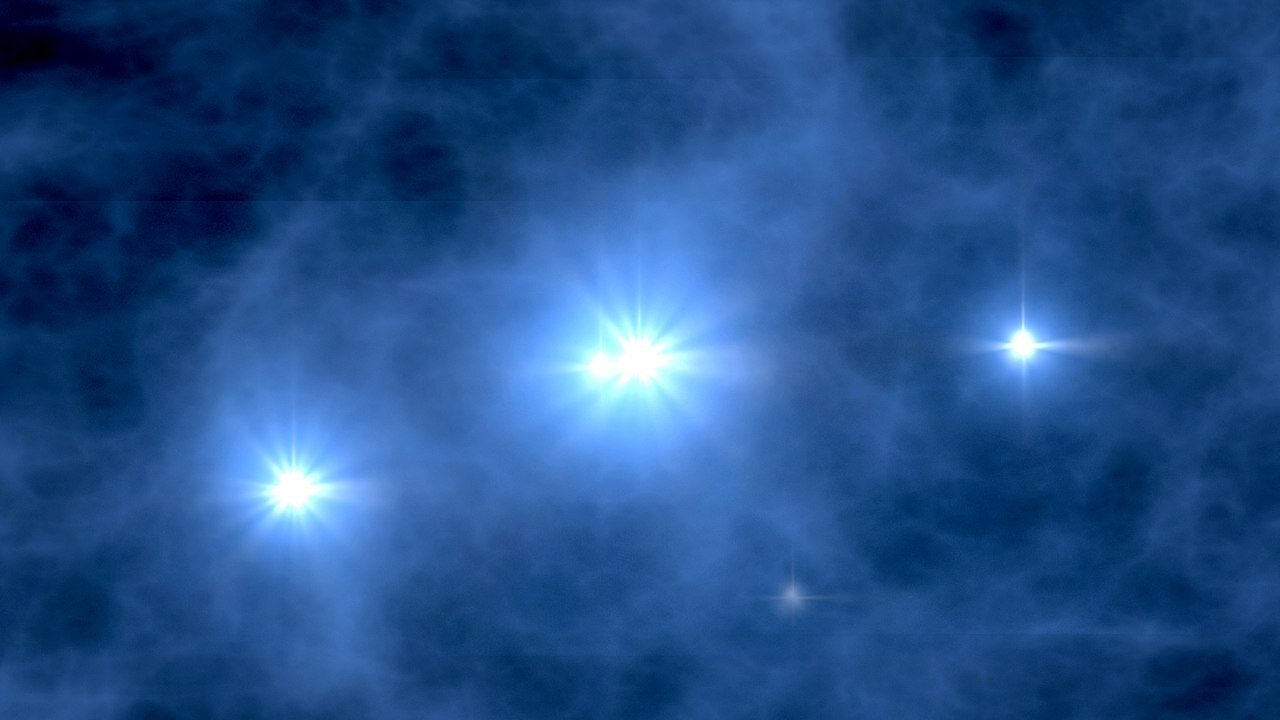Dark energy, the mysterious force responsible for the accelerating expansion of the universe, remains a puzzle in cosmology. While the prevailing hypothesis suggests that dark energy is a cosmological constant, some scientists are exploring more intriguing possibilities.
One fascinating idea proposes that dark energy evolves over time, leading to significant variations in the rate of cosmic acceleration. However, this raises a fundamental question: what drives the evolution of dark energy? One potential explanation is a novel force of nature that connects dark energy with dark matter. By co-evolving, dark matter and dark energy could mutually regulate each other.
To explore these theoretical models, numerous parameters come into play, influencing the evolving nature of dark matter and dark energy. Fortunately, stringent cosmological observations exist to place strict constraints on the permissible behavior of these models. Consequently, the objective is to identify models that align with all current observations while also offering novel predictions that can be tested experimentally.
Recently, a researcher’s findings related to this subject have been shared on the arXiv preprint server, suggesting potential evidence for the connection between dark energy and dark matter. These findings, if confirmed, could provide valuable insights into the nature of these elusive cosmic phenomena and further our understanding of the universe’s expansion.
In a recent paper, Lu Yin, an astrophysicist at the Asia Pacific Center for Theoretical Physics, investigates a novel framework called the interacting Chevallier-Polarski-Linder dark energy model. This model accounts for the observed data while introducing an intriguing concept: the coupling of dark matter and dark energy.
The existing cosmological observations are successfully matched by this model, but with an added twist. In 2018, a group of astronomers detected a highly anticipated radio signal originating from the early stages of star and galaxy formation. This signal is produced by the radiation emitted from neutral hydrogen, specifically at a wavelength of precisely 21 cm. Surprisingly, the signal was found to be twice as strong as anticipated based on traditional cosmological theories.
Yin’s research suggests that a dynamically evolving dark energy model coupled with dark matter can potentially explain this peculiar signal, while remaining consistent with other cosmological observations. Crucially, the interaction between dark matter and dark energy triggers an earlier onset of star and galaxy formation compared to standard cosmology. As a result, the 21-cm signal is enhanced, providing a potential explanation for its greater strength.
If further investigations confirm these findings, they would represent a significant breakthrough in our understanding of the interplay between dark energy, dark matter, and the formation of celestial structures. This research opens up new avenues for testing and refining cosmological models while shedding light on the enigmatic nature of the universe’s accelerated expansion.
Source: Universe Today
